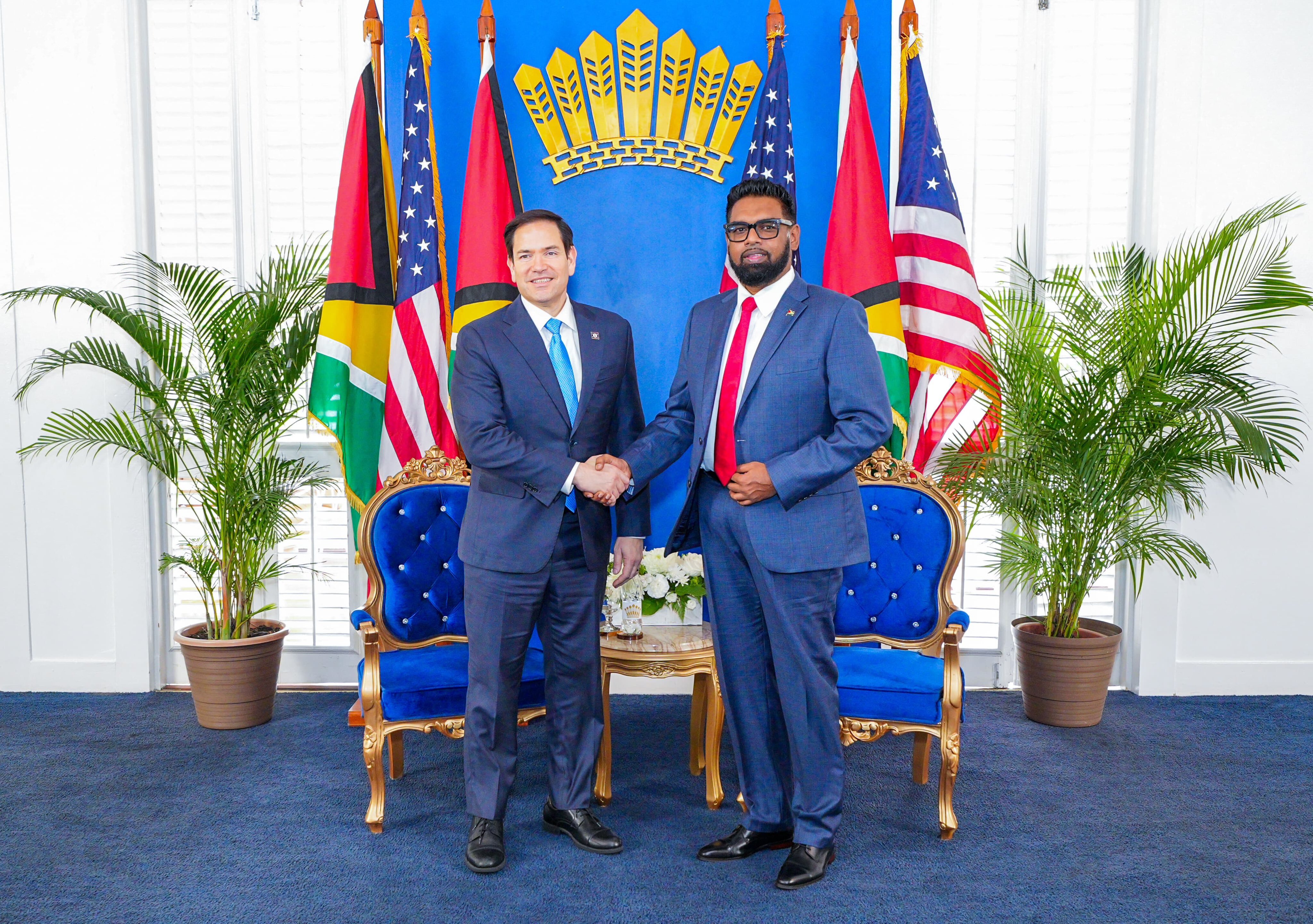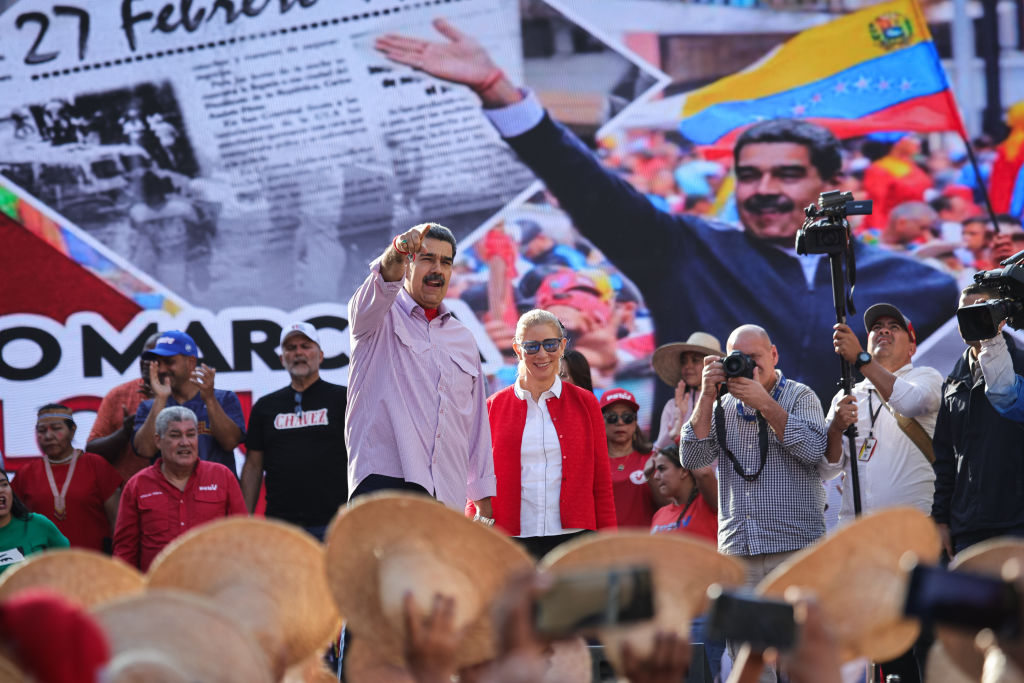Congressional Testimony: Political and Economic Developments in Latin America and Opportunities for U.S. Engagement
Congressional Testimony: Political and Economic Developments in Latin America and Opportunities for U.S. Engagement
COA Vice President Eric Farnsworth testifies before the U.S. Senate Committee on Foreign Relations.
HEARING BEFORE THE U.S. SENATE
COMMITTEE ON FOREIGN RELATIONS
JANUARY 21, 2016
ERIC FARNSWORTH
VICE PRESIDENT
COUNCIL OF THE AMERICAS
*** As Prepared for Delivery ***
Watch the video of the hearing.
Good morning, Mr. Chairman, Mr. Ranking Member, and Members. Thank you for the opportunity to testify on such an important topic. It is an honor to appear before you and the full Committee today, and a particular pleasure as well to join the other witnesses of such stature and prominence.
This hearing is timely. Latin America is a region very much in flux. Hopeful indicators as we look ahead are mixed with real challenges, both political and economic. Citizens’ expectations have grown significantly as economies have expanded and personal circumstances have improved, while a generation of democratic reforms has provided the means to register demands and affect governance. Latin America today looks nothing like it did even 20 years ago and we cannot forget that. At the same time, 2015 was a year of recession for many and slow growth for all, and 2016 looks to be equally difficult economically. The question now is whether leaders will be able to show the continued progress their people demand, and under what conditions. It is in our interests to support these efforts.
Latin America is Undergoing Significant Change
By now the story is well-known. More than a decade of relatively easy growth fueled by historically high global commodities markets brought millions of citizens out of grinding poverty and created a new middle class with increased purchasing power and rising expectations. Leaders found their voices globally and intentionally sought to diversify relations away from the United States elsewhere, most notably toward China—which is now the top trade partner of several South American nations—and other rapidly growing emerging economies. Talk of Latin America “decoupling” from North America was amplified by the strident exhortations of a new generation of populist leaders, supporting a proliferation of regional institutions that excluded the United States and Canada while decreasing the effectiveness of existing multilateral organizations such as the Organization of American States (OAS). Washington’s focus was elsewhere, given numerous global crises as well as a historic economic recession.
Of course, not all countries pursued exactly the same path; geographic proximity to the United States and the relative importance of commodities versus manufactured products in individual economies proved to be important variables. So too did the conclusion of freer trade agreements with the United States and the development of integrated supply chains among trade partners. On the whole, however, the commodities supercycle, increasing alternatives, and a less robust U.S. economy constrained the ability of the United States to develop and promote a regional narrative beyond support for basic development activities and goals and an appeal for partnership.
Now, however, as recent elections across the region have shown, the tide may be turning. Voters are tiring of ideological excesses and corruption, and they are seeking pragmatic results instead. As the easy money from commodities runs out, they want to know where it went, how it was spent, why their roads are crumbling and their public transportation is creaking, why their employment, healthcare, and schooling may suddenly be at risk, and why they can no longer walk unhindered down the streets at night and sometimes even during the day. They have become wary of leaders who promise more of the same. They acknowledge that a full-on embrace of China is not the answer. They seek a different path: protecting social gains while demanding more effective, transparent leadership, and they seek partners to help them do it.
The United States is a Valued and Valuable Partner
In this context, Washington has as an important and relevant role to play today as we have had this century. Judicious U.S. focus on a bipartisan basis this year could have a lasting impact in strengthening and supporting positive impulses and trends while promoting a vision that draws the region more closely toward a shared future of healthy democratic governance, economic prosperity, and security. This I believe to be a strategic interest.
Support for Democratic Governance
Democracy across Latin America, as espoused in the Inter-American Democratic Charter, is broadly accepted as the underlying principle organizing hemispheric engagement. When challenges arise, the United States, working with partners in the region and also multilateral organizations including the OAS and the United Nations, must find appropriate means to support healthy democratic governance. Without U.S. leadership the international community finds it difficult to coalesce around active support for democracy in the hemisphere. And there are ways to do this without engendering regional pushback. By now it’s clear, for example, that Venezuela faces political and economic difficulties that can only be addressed through political cooperation with the democratically-elected legislature, yet the government has taken a number of steps to undermine the new Congress. This threatens to become a full-blown institutional crisis with regional implications. Mobilizing the OAS and the UN (given Venezuela’s seat on the Security Council), engaging with like-minded regional partners, and continuing to identify and expose illegal actions including corruption and drug trafficking will help hold the government accountable for its actions and decisions.
We’ve also seen recent elections in Argentina and Guatemala that provide an opportunity to build a new agenda with both of these nations. Since his December inauguration, Argentina’s new President Mauricio Macri has already taken a number of actions to liberalize the economy, and has also spoken in support of democracy issues including Venezuela. His mandate offers the prospect for enhanced engagement with one of South America’s largest economies, which Washington should actively explore at the most senior levels. In Guatemala, the new president was elected on a wave of popular revulsion against corruption, and can serve as an example, with U.S. support, of transparency and inclusion going forward. Other elections in 2016 will also bear watching, including Haiti, Peru, and Nicaragua, as well as constitutional reforms in other nations that may further strengthen the hand of various leaders.
Corruption issues have also touched Latin Americas largest democracy, Brazil, and will play out to their conclusion over time. The good news is that Brazilian judicial institutions are strong and meaningfully responding. Economic growth will again be a challenge for Brazil this year and, as almost 50 percent of Latin America’s total economy, this will hit the region broadly. When the eyes of the world turn to Brazil in August for the Olympic Summer Games in Rio de Janeiro, they will likely find a nation in recession looking for new ways to generate growth. This is exactly why, in my view, now is the time for Washington to lean in to the bilateral relationship. The United States and Brazil share significant interests in agriculture, education, energy, health care, peacekeeping operations, technology development and global climate change and environmental protection, among other issues. In the wake of the visit last June of President Dilma Rousseff, we should work purposefully together in support of each of these agenda items. More broadly, Brazil should also gain a greater say in existing institutions of global governance, and should be invited to join the G8 now that Russian membership is suspended and the size of Brazil’s economy exceeds others in the group.
Strengthening Regional Economies
The U.S. position in the hemisphere comes from our democratic example, but also our economic strength. North America should be a priority, in my view, requiring us to work even more intensively with our Canadian and Mexican partners to develop a more competitive, unified economic space. This will require intensive collaboration on trade and investment relations, supply chains, energy integration, and borders. With the High Level Economic Dialogue in Mexico in February, and the State Visit of Prime Minister Trudeau in March, we are on the right track. But we should also be thinking bigger, in particular turning the North America Leaders Summit into an annual event, and working collaboratively and regionally on global issues including climate change. We can also use North America as the foundation on which to build out a broader hemispheric economic agenda. For example, the Trans-Pacific Partnership (TPP), once passed and implemented, will include all three North American nations and also Chile and Peru. The Pacific Alliance is an exciting regional economic initiative that includes Mexico, Chile, Peru, and Colombia. Let’s bring all these together, inviting the Pacific Alliance to join with North America to develop a broader agenda for regional economic engagement. To be consistent, we should also be advocating for Colombia’s early accession to TPP and, if required, APEC, which will meet this year in Peru, while also holding the door open to others in Central and South America who might be interested and able to meet the high-standards trade and investment requirements that have been negotiated as a new benchmark for global agreements. As a strategic matter, this would change the game.
Economically, we must also note the impact that seismic shifts in global energy markets have had in our hemisphere, and find ways to work with our partners to help diversify their own economies while building countercyclical policies that will reduce market volatility caused by commodities market swings. And we should also be looking for ways to cooperate on new energy technologies, for example by inviting other producers to join a hemispheric Shale Gas Council, to share best practices including clean technology, efficiencies, and environmental protections which could later be expanded more broadly. As the expected opening of the expanded Panama Canal this year reminds us, the United States is a valued partner in providing the capital, technology, and management expertise needed for the infrastructure and other development projects that the region both wants and needs.
Helping to Build a Safe and Secure Region
Of course, a secure society including cyber-related issues is fundamental to these gains. Mr. Chairman, this year offers a historic opportunity to conclude the longest-running, final guerrilla conflict plaguing the hemisphere, in Colombia. As you know, President Juan Manuel Santos will be in Washington in two weeks, acknowledging the support of the American people on a bipartisan basis in Colombia’s ongoing transformation while seeking new funding for implementation of peace accords that his government is working to finalize. Like the initial support for Plan Colombia at the beginning of the century which helped get us to this point, follow-on funding from the United States and other international donors to build peace will be crucial to solidify the gains and put Colombia on a path to further development.
Similarly, working with partners in Mexico and Central America to address the regional security crisis in the northern part of Central America will help restore communities that are being torn apart by criminal gangs and desperate efforts to migrate to the United States that we have increasingly seen. The recent re-capture of Joaquin “El Chapo” Guzman in Mexico was just one very prominent example of success that law enforcement cooperation can achieve. But the issues in Central America are equally if not more difficult, and the appropriation of $750 million to address these issues is a valuable contribution. Increasing security must go hand in hand with economic development, competitiveness, and job creation. And, as the program for Central America is implemented and, in reaction, illegal activities potentially migrate again toward the Caribbean Basin, the United States will need to remain diligent and supportive in working with those nations to address their growing security concerns, too.
The hemispheric agenda is large, but trends for cooperation are perhaps more favorable now than they have been for some time. Mr. Chairman, Mr. Ranking Member, thank you again for the opportunity to testify. I look forward to your questions.








